This is the last planned blog in the series that tries to answer the question “What do you think is the future of the x-ray dealer?”
Earlier blogs talked about what do dealers think they are doing, how the business landscape has changed over the past 35 years, and what other models exist for x-ray dealers in the rest of the world.
The successful “x-ray dealer” is going to be the one that lets his customers dictate his direction by asking the open ended question that any business owner should be asking his or her customers: “What else can I help you with?”
Please note that I don’t ask what other x-ray equipment do they need or even what other imaging or medical equipment they may need. I don’t even make a specific reference to equipment, accessories, consumables or services. Asking “what else can I help you with” seeks to tap into the global needs and imagination of the customer. They think they know what you do but perhaps their definition is larger than yours. Perhaps you have done such a good job at one thing that they think of you as a resource for solving other problems that you had not considered. And if you resolved a really tough issue, perhaps they want to tap into your network, thinking that you know other similarly clever people. 
If you have enlarged your definition of your business, then you can find answers for your customer.
Whether you go big or small, you can become this type of problem solver. Larger companies can have different areas of expertise. Smaller companies can easily form alliances (more on this later). But there is a very good future if both types of companies think more expansively about their vendor and customer partners. At the same time, they need to think more strategically about their goals.
As I said, somewhat crassly in the first blog of this series, my mission is “PROFITS.” What that means is solving problems for my customers. If I further define my customers as prequalified prospects for selling my problem-solving skills, then I am prepared to consider whatever they may need.
Think about the growth of companies like Henry Schein. (Put aside what you might think of them for a moment and focus on the fact that they are successful.) Could you see them buying Merry X-Ray? They have bought into all sorts of specialty markets. Consider how GE has grown from an imaging company to a healthcare mega-monster.
It really is worthwhile for larger independent x-ray dealers to look at the non-North American dealer models. Growth through expansion of specialties is a really interesting strategy, especially when a company can spread its costs of administration and service over a wider range of products.
 The interesting thing is that smaller dealers can do the same thing. To understand how this is possible, I recommend you read a book called The Starfish and The Spider, by Ori Brafman and Rod A. Beckstrom. Their subtitle calls it a book about “the unstoppable power of leaderless organizations,” but I think your key takeaway from the book (as it was mine) will be how through trust and sharing you can expand your reach and your business. By increasing your connections in your industry and sharing the rewards of new sales, you can source and deliver a wider range of products to your customers. You now “delight” your customers by solving their x-ray issues, so why wouldn’t they give you an opportunity to solve others. Like all of us, your customers at some level know that solving problems by using “unpaid” experts is more effective and less costly than getting the lowest price.
The interesting thing is that smaller dealers can do the same thing. To understand how this is possible, I recommend you read a book called The Starfish and The Spider, by Ori Brafman and Rod A. Beckstrom. Their subtitle calls it a book about “the unstoppable power of leaderless organizations,” but I think your key takeaway from the book (as it was mine) will be how through trust and sharing you can expand your reach and your business. By increasing your connections in your industry and sharing the rewards of new sales, you can source and deliver a wider range of products to your customers. You now “delight” your customers by solving their x-ray issues, so why wouldn’t they give you an opportunity to solve others. Like all of us, your customers at some level know that solving problems by using “unpaid” experts is more effective and less costly than getting the lowest price.
How do I know this works? Because this is the basis of my latest business model. It’s made me a good living since we closed our manufacturing operation in 2010. My customers know (because I tell them) that they could do themselves everything I do for them, and that they could most likely save money on certain of these transactions. But what they also know is that working with me allows them to multiply their effectiveness and, unlike bringing my abilities “in-house,” I’m just a variable cost.
Above all else, be willing to listen for new needs, experiment in meeting them and be prepared to change when those experiments show promise.
So what happens to the current x-ray dealer? I’ll go back to what I said before. “Go BIG, go small, or go home.”
- Go big by becoming a fuller provider of items needed by your healthcare clients.
- Go small, by focusing on the key asset you control…your customer…and find “partners” to work with you to bring the needs of your customers to them through you.
- Go home if you cannot change.



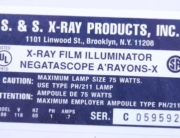
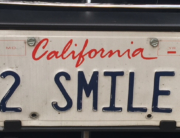
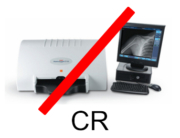
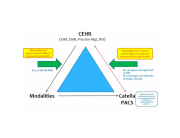
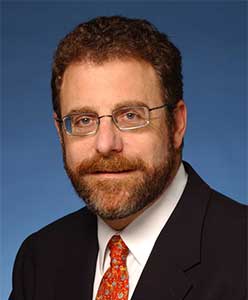
Leave A Comment